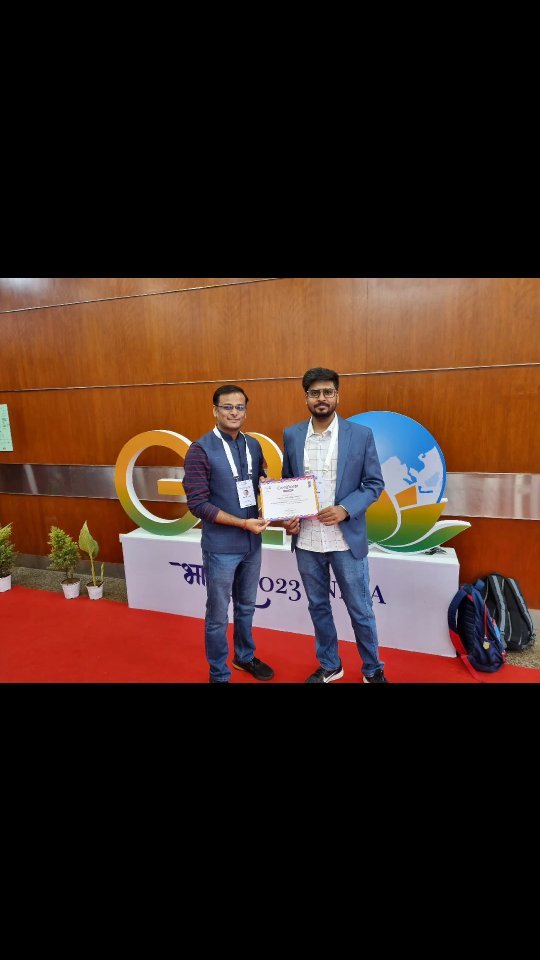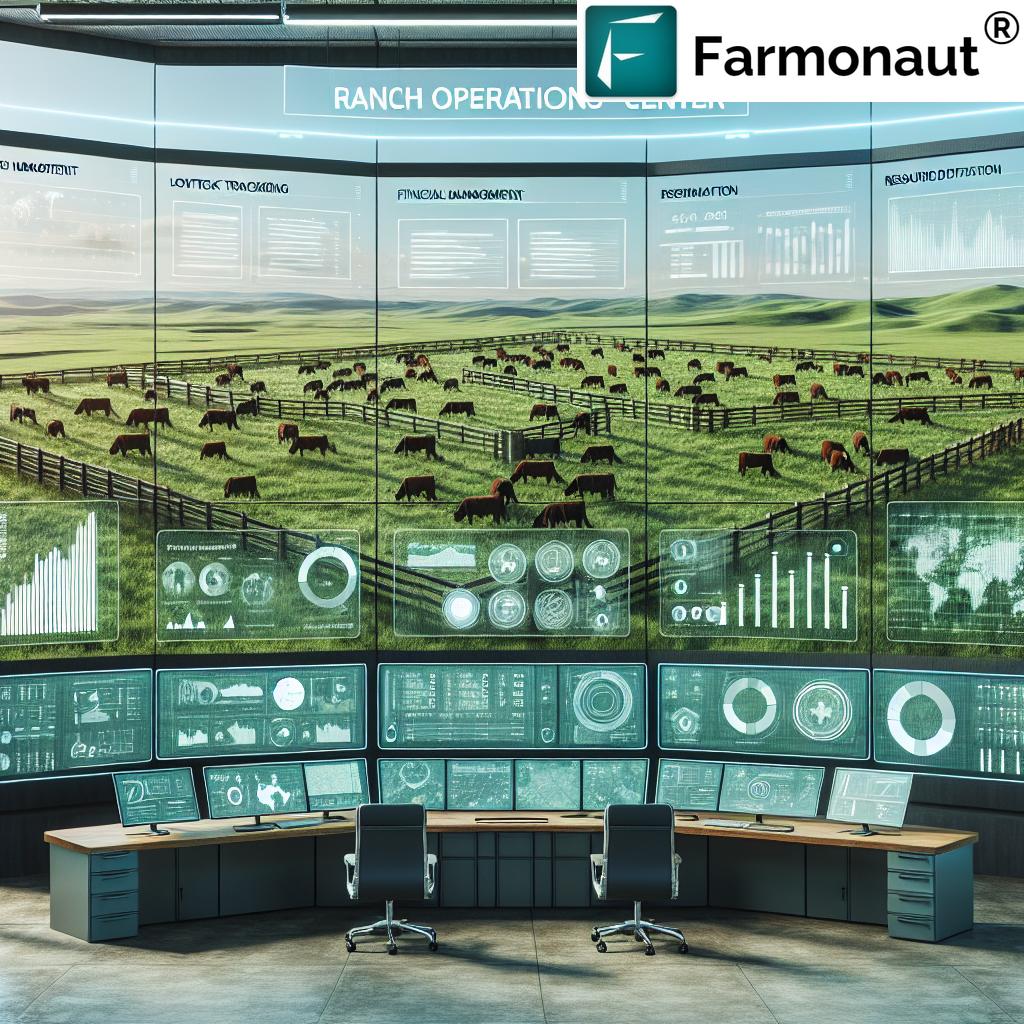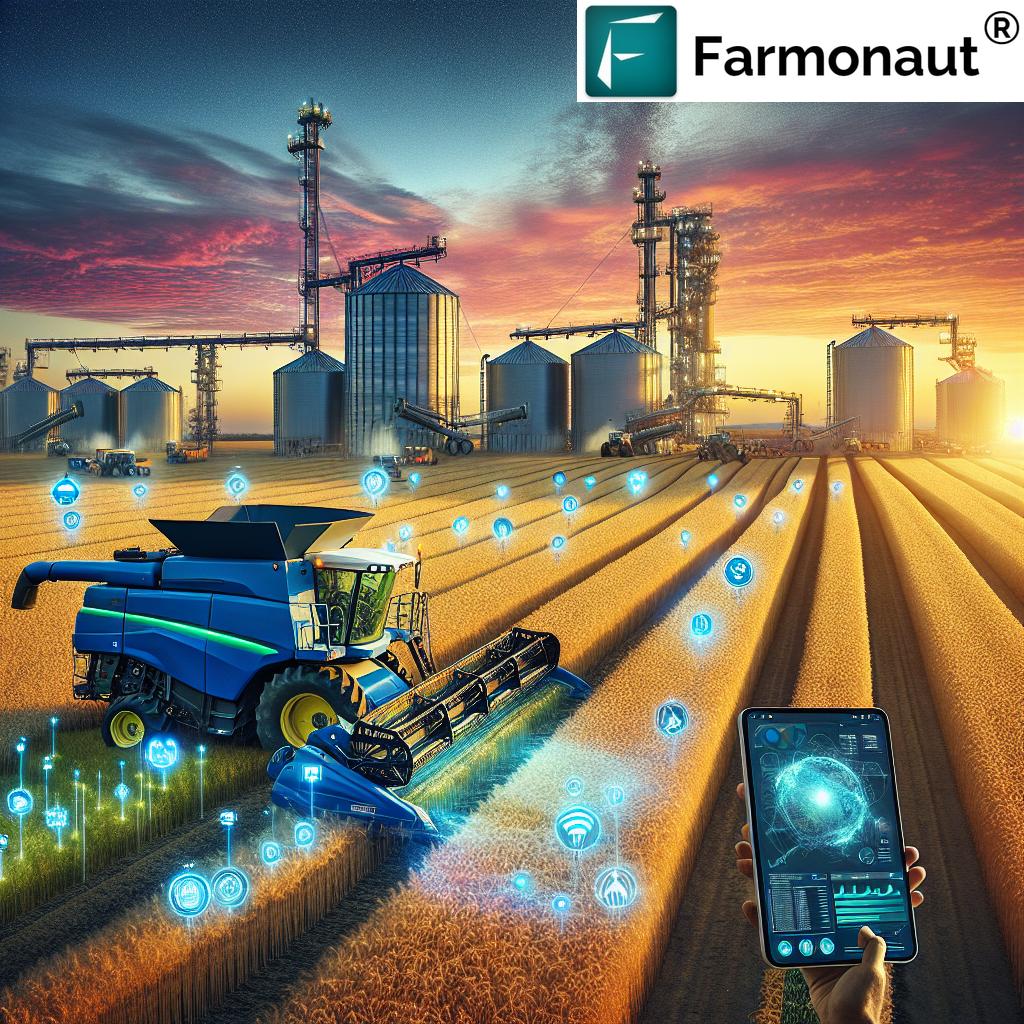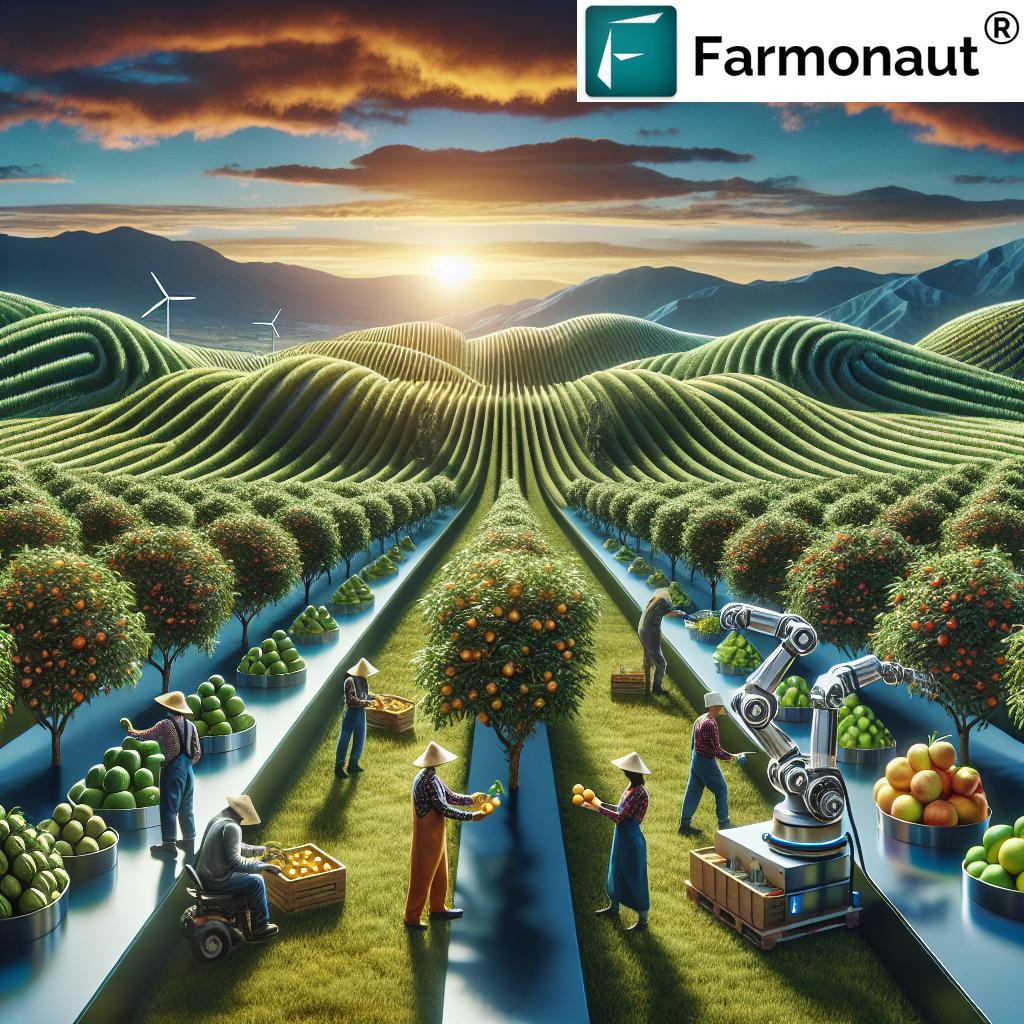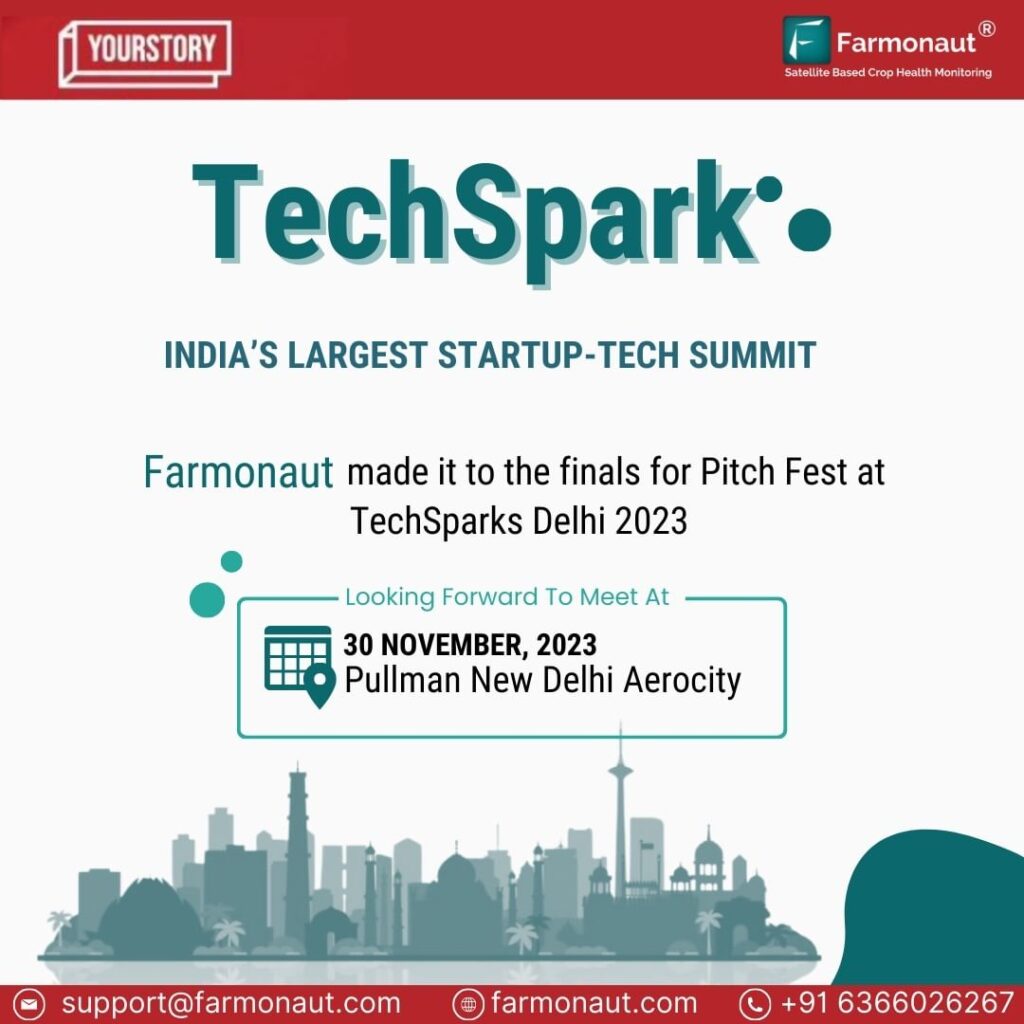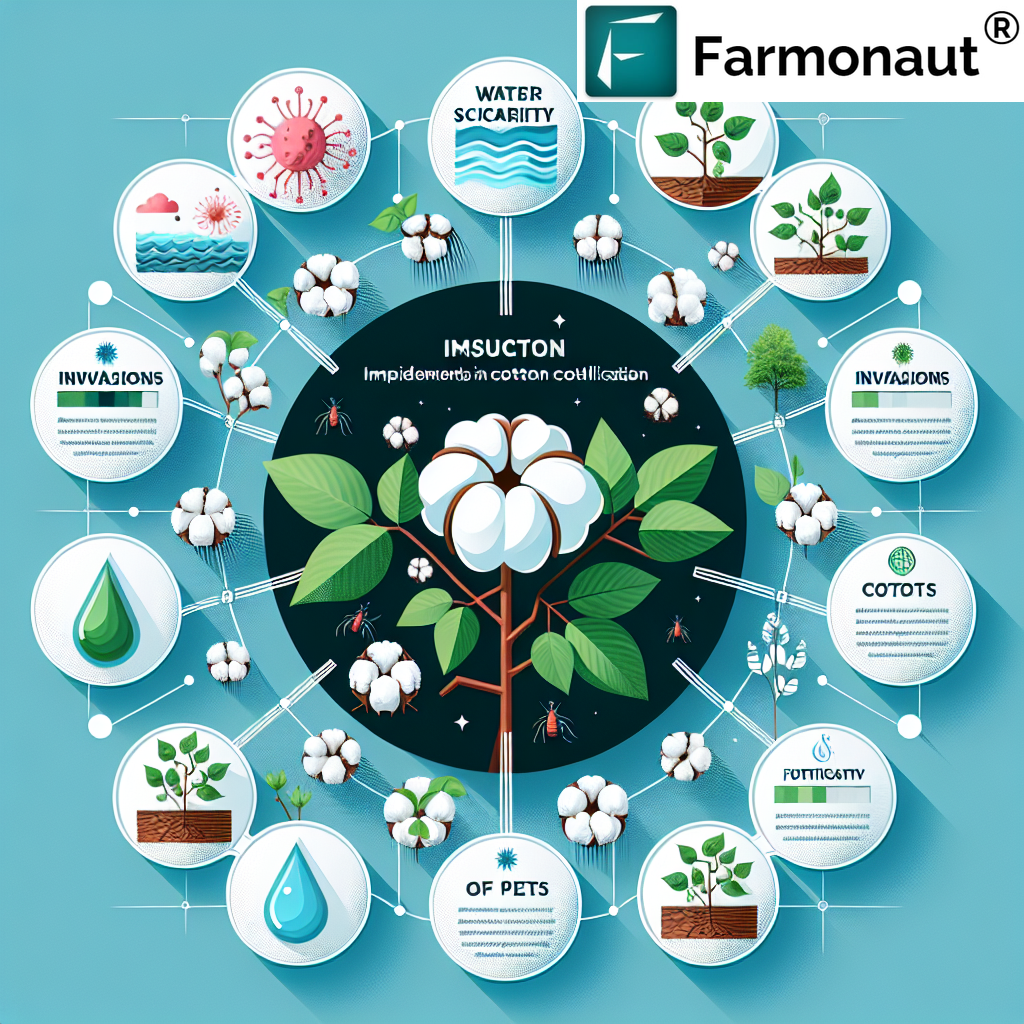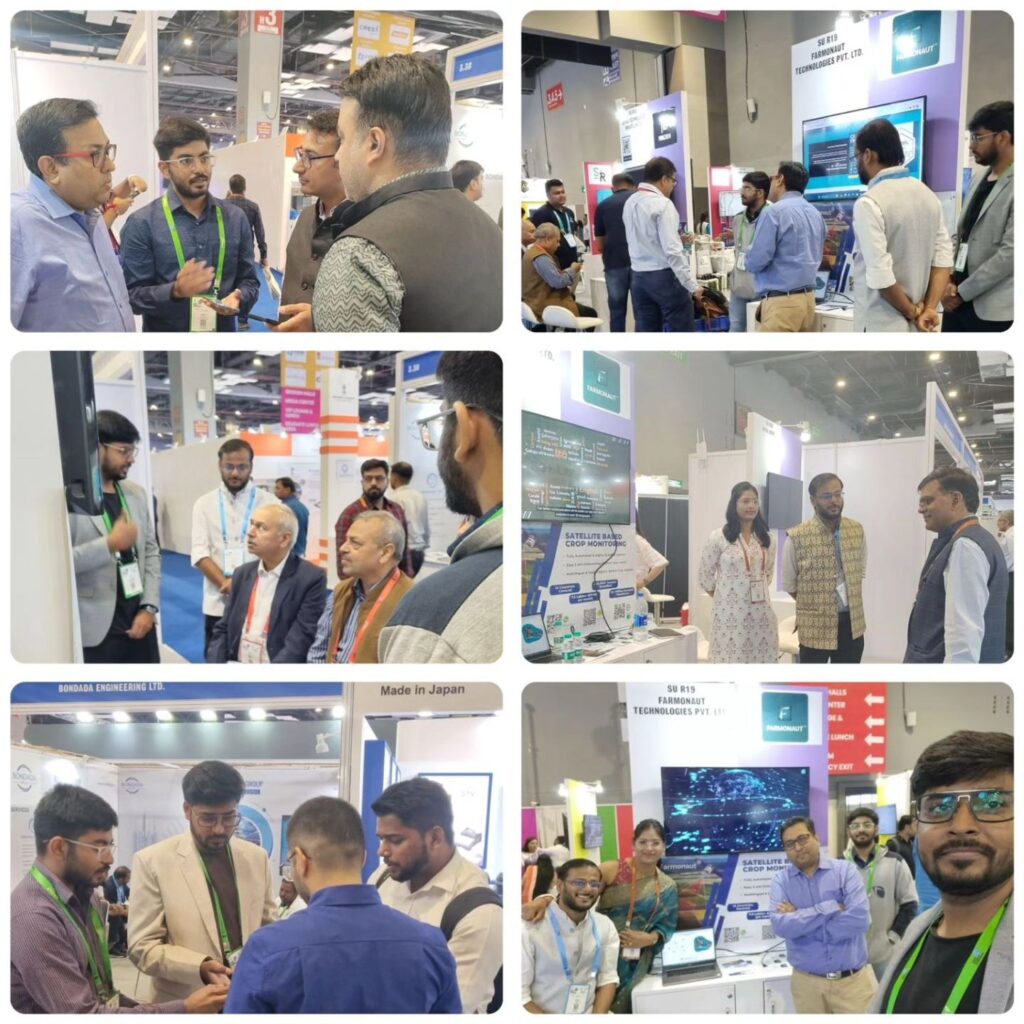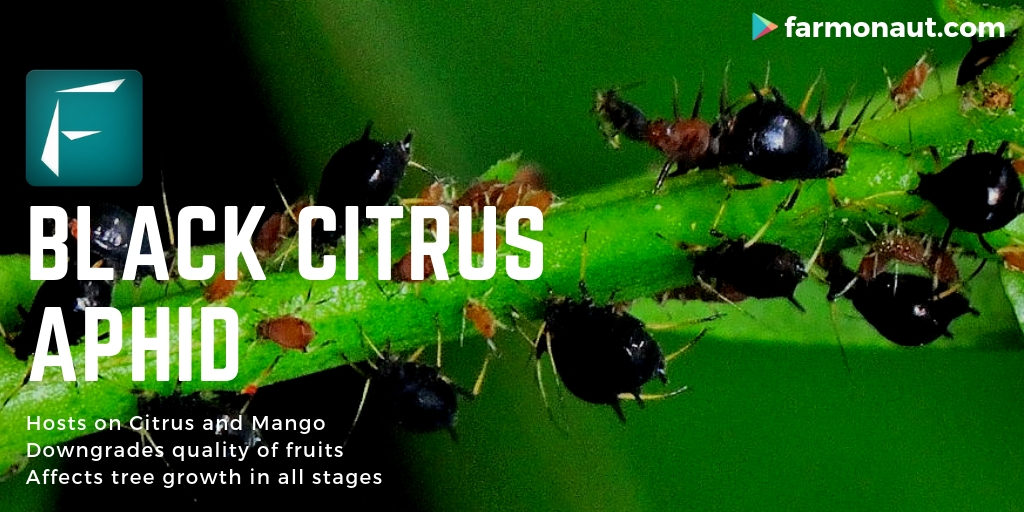Vertical Farming Technology: 7 Shocking Innovations Revealed
Introduction to Vertical Farming and Technology
At Farmonaut, we are witnessing a groundbreaking shift in agriculture: vertical farming technology is transforming the way we produce food by integrating plant growth, sustainability, and year-round yield into a single, advanced agricultural practice. By cultivating crops in stacked layers or on vertically inclined surfaces—often within urban structures like reimagined warehouses or skyscrapers—vertical farming is no longer a futuristic concept, but a powerful solution for addressing global food production challenges.
This innovative method leverages controlled environment agriculture (CEA), which uses a combination of sophisticated climate control systems, precise nutrient delivery via hydroponics and aeroponics, energy-efficient artificial lighting, automated robotics, and real-time data analytics. Together, these systems enable us to optimize plant growth conditions, maximize resource efficiency, and significantly boost urban vertical farm yields while minimizing environmental impact.
As our cities grow, arable land dwindles, and climate change drives weather volatility, the importance of sustainable crop production intensifies. In this comprehensive blog, we’ll explore how the latest technological innovations—from hydroponic cultivation to AI-powered farm analytics—deliver impressive results, set new benchmarks in energy efficient farming systems, and address the demands of modern food systems. We’ll also spotlight Farmonaut’s cutting-edge role in boosting precision agriculture through satellite-driven insights and data-driven decision-making.
Technological Foundations of Vertical Farming
At the core of successful vertical farming are carefully orchestrated technological systems that synergistically optimize plant growth, manage resources, and enhance efficiency. Here’s how advanced technologies shape the heart of vertical agriculture:
1. Hydroponics and Aeroponics: Soil-less Cultivation Methods
One of the most distinctive innovations in vertical farming is the use of hydroponics and aeroponics. In hydroponics, we deliver nutrients directly to plant roots via a circulating water-based solution. Aeroponics, in contrast, suspends roots in air and mists them with a nutrient-rich spray. Both systems enable precise control over nutrient and water delivery, leading to faster growth rates, higher yields, and optimal resource use—often using up to 90% less water compared to traditional methods.
2. Advanced Climate Control Systems (HVAC and More)
Effective climate control is fundamental in creating consistent growing environments. Through HVAC (Heating, Ventilation, and Air Conditioning) and CO₂ regulation systems, we can regulate temperature, humidity, and atmospheric gas levels, ensuring a stable environment that is conducive to plant growth. Such stability mitigates external weather extremes, allowing for continuous, year-round food production regardless of season or climate.
3. LED Artificial Lighting Systems
Artificial LED lighting is a keystone of vertical farming technology. Plants require specific spectra of light for photosynthesis, and modern LED systems provide the necessary spectrum—fully adjustable in intensity and duration. This not only optimizes growth at different stages but also slashes energy consumption compared to traditional lighting, a critical factor in enhancing energy efficient farming systems.
4. Automation, Robotics, and Smart Farm Control
With the integration of automation and robotics, vertical farming becomes highly scalable. Automated systems handle repetitive tasks such as planting, harvesting, packaging, and even environmental adjustments. This precision reduces labor costs, minimizes human error, and increases overall operational efficiency.
5. IoT Sensors and Data Analytics
Modern vertical farms are equipped with an array of Internet of Things (IoT) sensors—measuring parameters such as temperature, humidity, light, and nutrient concentrations. Data collected is processed using advanced analytics systems, providing real-time feedback and actionable insights. These insights enable continuous optimization of growing conditions, minimizing resource use, and maximizing crop yields.
7 Shocking Innovations in Vertical Farming Technology
Let us delve into the seven most transformative innovations that are redefining vertical farming today:
- Hydroponics and Aeroponics—Soil-less, water-saving cultivation with precise nutrient delivery.
- Integrated Artificial Intelligence (AI) Systems—Automated, adaptive management powered by machine learning and predictive analytics.
- LED Artificial Lighting Optimization—Energy-saving, spectrum-tailored lighting that accelerates plant growth.
- Climate and Environmental Control—Robust, highly adjustable climate control systems (HVAC, CO₂, humidity) for optimal growing conditions.
- Automation and Robotics—Precision-driven automated handling, from seeding to harvesting, reducing labor and improving consistency.
- Blockchain-based Traceability—End-to-end traceability ensuring food transparency, safety, and anti-fraud guarantees.
- Renewable Energy Integration—Deployment of solar, wind, and energy recovery to minimize the environmental and financial costs of indoor farming.
Comparative Innovations Table: The Top 7 Vertical Farming Technologies
| Innovation Name | Year Introduced (Est.) |
Core Function/Technology | Energy Efficiency Impact | Yield Increase | Sustainability Benefit | Cost Implication |
|---|---|---|---|---|---|---|
| Hydroponics & Aeroponics | 1980s–1990s | Soil-less growing systems; precise water & nutrient delivery | Up to 90% less water use | 20–50% increase | Drastic reduction in land/water use | Moderate upfront investment |
| LED Artificial Lighting | 2009–2012 | Custom light spectrums for photosynthesis & growth stages | Up to 60% lower power than HPS | Up to 40% faster growth | Reduced carbon footprint, boosts efficiency | Medium; rapid ROI from energy savings |
| AI Environmental Control | 2015–2017 | Automated, data-driven control of climate and inputs | 10–30% lower energy use | 10–20% higher yields | Continual optimization and minimal wastage | High upfront+, but cost-saving long-term |
| Automation & Robotics | 2014–2018 | Robotic planting/harvesting/packaging systems | 20–30% labor reduction | Consistent yield; less crop loss | Eliminates human error/contamination | High initial, low ongoing labor costs |
| IoT Sensors & Data Analytics | 2016–present | Real-time monitoring, predictive analytics | 5–15% input reduction | Up to 20% more consistent yields | Early detection, less waste | Low to medium |
| Blockchain Traceability | 2018–present | Secure, transparent supply chain records | Neutral | Indirect: builds trust, cuts loss/fraud | Supports food safety/sustainability | Low to medium |
| Renewable Energy Integration | 2019–present | Solar/wind/energy recovery powering environmental control | 15–50% energy cost reduction | Indirect; greater operational uptime | Major CO₂/GHG reduction | High setup, long-term savings |
Tip: Try Farmonaut’s Large-Scale Farm Management tools for managing vast urban and vertical agriculture setups, ensuring seamless workflow and scalable data-driven decision-making!
Advantages of Vertical Farming Technology
The vertical farming model delivers a multitude of advantages for both food producers and the planet. Here are some of the standout benefits:
- Resource Efficiency: Utilize up to 90% less water and 97% less land compared to traditional agriculture (Learn more at Gotham Greens).
- Urban Integration: Positioning farms closer to city centers reduces food transportation emissions, allows fresher produce, and supports local economies.
- Year-Round Food Production: Controlled environments ensure continuous, consistent crop yields unaffected by outdoor seasonal changes or climate.
- Reduced Pesticide Use: Enclosed systems minimize pest exposure, resulting in healthier, cleaner produce and improved food safety.
- Sustainable Crop Production: Minimized resource use means less environmental impact, while renewable energy integration furthers sustainability goals.
- Enhanced Traceability: Blockchain and real-time monitoring enable transparent, reliable supply chains—Farmonaut Product Traceability brings this to food, textiles, and more.
- Operational Optimization: Analytics and automation lead to smarter resource allocation, minimized operational costs, and more predictable outcomes.
Vertical Farming Challenges and Considerations
While the potential of vertical farming is enormous, there are formidable vertical farming challenges that must be addressed to ensure broad adoption and sustainable impact:
1. High Energy Consumption
Relying on artificial lighting and intensive climate control increases energy consumption. To offset these costs and enhance environmental benefits, integrating renewable energy sources (solar, wind, and energy recovery solutions) becomes crucial (read more).
Consider utilizing Farmonaut’s Carbon Footprinting Tools to monitor and minimize your farm’s environmental impact.
2. Substantial Capital Investment
Upfront investment in infrastructure, technology, and system integration is substantial. The long-term cost savings due to resource efficiency and reduced labor costs can be significant, but financial barriers present a hurdle, especially for smaller ventures.
For streamlined access to agricultural financing, leverage Farmonaut’s Crop Loan & Insurance Verification Solution, offering satellite-backed verification to expedite approvals and reduce fraud.
3. Technical Complexity and Skills Gap
Operating a highly advanced agricultural technology farm requires expertise in horticulture, engineering, data science, and systems control. Continuous learning and robust training/management systems are necessary for smooth operations.
Optimize training and simplify complexity by using Farmonaut’s Fleet Management Platform for efficient monitoring and deployment of agricultural vehicles and machinery in vertical and urban farm environments.
4. Continuous Maintenance and Upgrades
These advanced systems require continuous monitoring and timely upgrades to maintain optimal performance. Downtime can disrupt continuous crop production, so predictive maintenance and proactive repair strategies—supported by real-time IoT analytics—are essential.
5. Crop Variety Limitations
Not all crops are currently suited to vertical environments. Leafy greens, herbs, and some fruits thrive, but staple crops (like wheat, rice, or maize) remain technically challenging to grow at commercial scale indoors. Ongoing R&D will expand the range of cultivatable crops over time.
The Future of Vertical Farming Technology: Trends and Global Expansion
Looking forward, vertical farming is poised for rapid growth—thanks to continuous innovation, increased investment, and global expansion:
- Renewable Energy Integration: More farms are adopting renewable power sources and implementing energy efficient farming systems to mitigate operational costs and emissions (details here).
- AI and Machine Learning: Predictive models are being developed to optimize everything from light/dosing schedules to pest management. This enables further refinement of crop quality and operational uptime (learn more).
- Global Expansion: Leading companies are establishing vertical farm facilities across continents, including in regions like the Middle East (see example), highlighting the scalability and adaptability of these systems.
Continuous Research & Diversification
From expanding crop variety to tailoring farm models for different urban needs, researchers and practitioners are working on innovative solutions to unlock the full potential of vertical agriculture. The evolution of data-driven farm management platforms is a cornerstone of this trend, as is the integration with external digital resources—such as Farmonaut’s Satellite and Weather API for seamless external data access, and its Developer Docs for plug-and-play integration.
Unlocking Financial and Environmental Value
Continuous advances will lower adoption costs and make these technologies accessible to more urban vertical farms worldwide. With blockchain traceability, resource management, and carbon footprint tracking, stakeholders can provide end-to-end product transparency and demonstrate their commitment to sustainable, responsible agriculture.
Farmonaut: Enabling Precision and Sustainability in Agriculture
At Farmonaut, our mission is to make precision agriculture—including vertical farming—affordable and accessible to every farmer, from independent smallholders to major agribusinesses and government agencies. We leverage satellite imagery, AI-driven advisory tools, blockchain technology, and intuitive apps/web platforms to transform how farmers monitor, manage, and optimize their operations.
Farmonaut Technologies and Solutions
- Satellite-Based Crop Health Monitoring: Our platform uses multispectral satellite images to detect real-time vegetation health, soil moisture, and resource allocation—enabling smarter irrigation and input management.
- AI Advisory System (Jeevn): Personalized, AI-powered insights and weather forecasts help farmers maximize yield, mitigate pest risks, and boost efficiency.
- Blockchain Traceability: Full transparency from farm to consumer, enhancing trust, traceability, and food safety—see our traceability solution here.
- Fleet and Resource Management: Optimize logistics for large-scale or urban farm operations with our fleet management tools.
- Carbon Footprinting: Real-time emissions and sustainability tracking for modern crop production (learn more).
Our system is designed for scalability, with flexible APIs (access API) and easy-to-use Android, iOS, and web apps.
For those managing extensive or multi-site vertical farming operations, our large-scale farm management solution offers complete control to optimize inputs, outputs, and compliance.
Frequently Asked Questions (FAQ)
What is vertical farming and how does it work?
Vertical farming is an innovative agricultural practice involving the cultivation of crops in vertically stacked layers, often within urban structures. It relies on controlled environment agriculture (CEA) and utilizes systems like hydroponics, aeroponics, and artificial lighting to create ideal growing conditions for crops, making year-round food production possible.
How is vertical farming different from traditional soil-based farming?
Unlike traditional farming, which is reliant on expansive arable land and seasonal weather, vertical farming utilizes stacking, soilless solutions, and smart climate controls to optimize resource efficiency, enable urban integration, and produce consistent yields while using substantially less water and land.
What are the main benefits of using vertical farming technology?
The main benefits include resource efficiency (less water and land), urban proximity (less transport), year-round food production, reduced pesticide use, improved traceability, and sustainability.
What are some current limitations or challenges of vertical farming?
Major challenges include high energy consumption, significant upfront investment, technical complexity, crop variety limitations, and the need for continuous monitoring and upgrades.
How does Farmonaut support vertical and precision agriculture?
Farmonaut empowers farmers and agribusinesses with satellite-based crop health monitoring, AI-driven advisories, blockchain traceability, resource management, and carbon tracking to increase productivity, resource efficiency, and transparency throughout modern food systems.
Can vertical farms be operated sustainably from an energy perspective?
Yes. By integrating renewable energy sources such as solar and wind power and optimizing artificial lighting with smart AI-driven scheduling, vertical farms can drastically reduce their overall environmental impact and energy costs.
Where can I get Farmonaut’s apps and API for managing vertical farms?
You can download Farmonaut’s Web App here, Android app here, iOS app here, and access the Satellite & Weather API here. Developer Docs are available here.
Conclusion: Embracing a Revolutionary Food Production Future
In summary, vertical farming technology offers transformative solutions for contemporary food challenges—delivering optimal plant growth, unprecedented resource efficiency, and a sustainable, data-driven method for year-round crop production. Enabling urban integration, reducing environmental footprint, and harnessing cutting-edge advanced agricultural technology, the rise of vertical farming stands as a cornerstone for future-safe food systems.
With the support of platforms like Farmonaut, integrating satellite analytics, AI-informed strategies, blockchain traceability, and resource management into daily agricultural operations, farmers worldwide are empowered to adopt continuous innovation and thrive in a data-driven, sustainable agriculture landscape. As we address vertical farming challenges and unlock the full potential of these technologies, the world moves closer to more resilient, efficient, and healthy food production for all.
Ready to join the future of agriculture? Download Farmonaut today and explore the power of satellite-based, AI-enhanced, and blockchain-secured vertical farming management.







